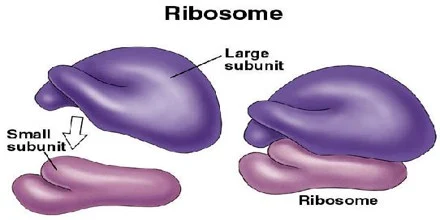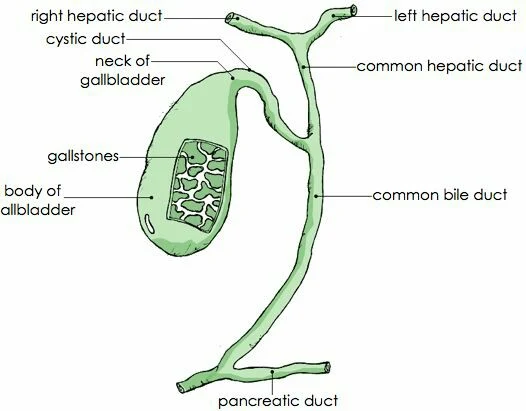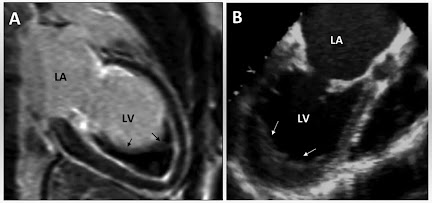Functions of skin
Introduction : skin is the largest organ of the body. It's thickness about 1-5mm according to location.
Skin is made up following two layers...
1. Outer epidermis: formed by the stratified epithelium.
2. Inner dermis: formed by the fibroblast, collagen fibers and histiocyte.
Download book (physiology symbulingum).
Download book (physiology symbulingum).
Functions :
- Protective function: skin forms covering of all organs of the body and protects from Bacteria, Toxic substances, Mechanical blow and Ultraviolet rays.
- Sensory function: skin is considered as the largest sense organ of the body. It has many nerve endings which form specialized receptors. These receptors are stimulated by sensation of touch, pain, pressure and temperature convey these sensation to brain.
- Storage function: skin stores fat, water, chloride and sugar.
- Vitamin D3 : vitamin D3 is synthesized in skin by the action of ultraviolet rays on cholesterol.
- Regulation of body temperature: Excess amount of heat is loss from body through skin by radiation, conduction, convection, evaporation. Sweat also done loss of heat by sweat glands. The lipid content of serum prevent loss of heat from the body in cold environment.
- Regulation of water and electrolyte balance: Skin secrets sweat which contain water and salt.
- Excretion: Skin excretes small amount of waste material like urea, salt and fatty substances.
- Absorption: Skin can absorb the fat soluble substances and some ointment.
- Secretions : Skin secretes sweat through sweat glands and sebum through sebaceous glands.
 |
| Functions of skin |

















